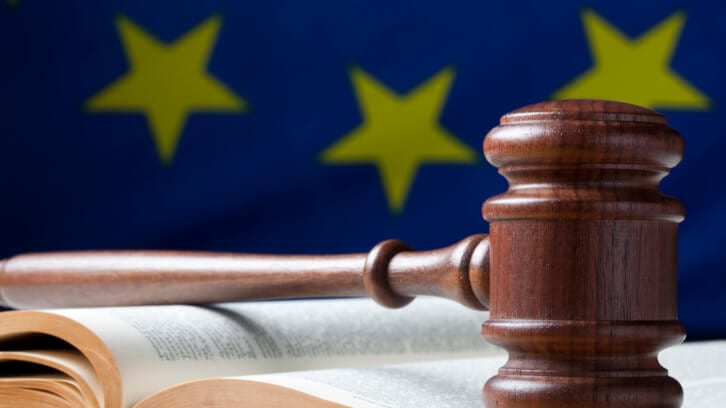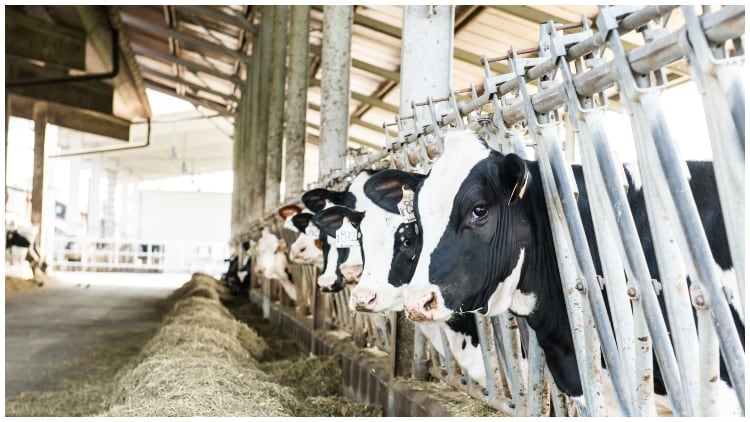Many defined benefit pension schemes have come a long way over the last few years and are much further forward on their funding journey than expected. While this is good news in terms of deficit management, it also gives rise to other issues, such as trapped surplus and competing claims for surplus. The presence of a surplus in a pension scheme can become a complex issue to deal with for employers.
What is a pension scheme surplus?
A surplus in a defined benefit pension scheme occurs when the scheme assets exceed the value of the liabilities. Every pension scheme is governed by its trust deed and rules, which state how a surplus should be managed, and there are strict laws on how surplus should be dealt with.
This article explores what pension scheme sponsors can do to manage potential surpluses, while considering the key players (employers, trustees and members).
There are different funding measures which apply, including funding on a technical provisions basis or being fully funded on a buy-out basis, which essentially means there is no deficit. Once a scheme has reached full funding on a technical provisions, the parties will want to manage future funding carefully to avoid potential over-funding.
If a pension scheme is in surplus or is heading that way, the employer has various options to consider. The following options apply to a scheme that is going to continue to run on an ongoing basis. This is opposed to the pension scheme being bought by an insurance company. Competing commercial interests can make the decisions around surplus tricky to navigate – the trustee may prefer a buy-out as this would provide security and certainty of member benefits.
Options for managing a potential surplus
There are clear laws which govern how surplus can be used in an ongoing situation and employers must be aware of these. Here are some (but not all) of the options for employers to consider.
Payment to the employer
The trust deed and rules will dictate how surplus can be used and the trustees must follow strict conditions and steps. Obtaining legal advice on this process is required as some rules will put conditions on a return of surplus or ban it entirely.
The trustees must notify the Pensions Regulator of any payment to the employer and there is a 35% tax charge on this option payable by the scheme administrator. This can be a disincentive for some employers.
Change the contribution destination
Employers could stop contributing to the pension scheme completely or the employer can carry on paying pension contributions, but they could go into a separate escrow account instead of being put immediately into the scheme. This prevents the funds becoming trapped within the pension scheme.
The surplus could be also used to pay expenses which would otherwise be payable by the employer.
Investment strategy
The pension scheme can deal with surplus by changing how the assets are invested in different funds. This could be useful from a responsible and diverse investment perspective. The strategy could focus on long term growth of the business and target net zero, for example.
Increase member benefits
This option will be dependent on the wording in the trust deed and rules. Some surplus provisions require member benefits to be uplifted before the surplus can be returned to the employer. How to achieve such an uplift can require some tricky decisions as to which benefits to enhance.
This option is obviously popular with the membership but should be considered against the long-term financial strength of the scheme and ensure that all members are treated fairly.
Defined contribution contributions
Where the scheme has both a defined benefit and a defined contribution (DC) section, it may be possible to use surplus to ‘pay’ the ongoing employer contributions in connection with the DC section. Once again, the scheme rules would need to allow this option.
Other considerations
The trustees of the pension scheme must always act in accordance with their fiduciary duties. It can be difficult to quantify which decisions will be in the best interest of members ultimately. Trustees will weigh up the difference between increasing member benefits for some/all members (this has D&I considerations in itself) against the long-term financial health of the scheme. An open, ongoing dialogue between employer and trustee is the best approach to navigate such conversations.
It is also important to think about the future funding of defined benefit schemes, in light of the new DB funding regime which is yet to be finalised. According to the draft regulations, trustees will be required to set a funding and investment strategy which considers the long-term funding target. Therefore, any decision in relation to surplus will need to tie in with this strategy.
The ways to deal with surplus are complex and require specialist pensions advice. There are many considerations to weigh up and with the ultimate goal of meeting member benefits and maintaining the financial health of the pension scheme - there is no one size fits all solution.




